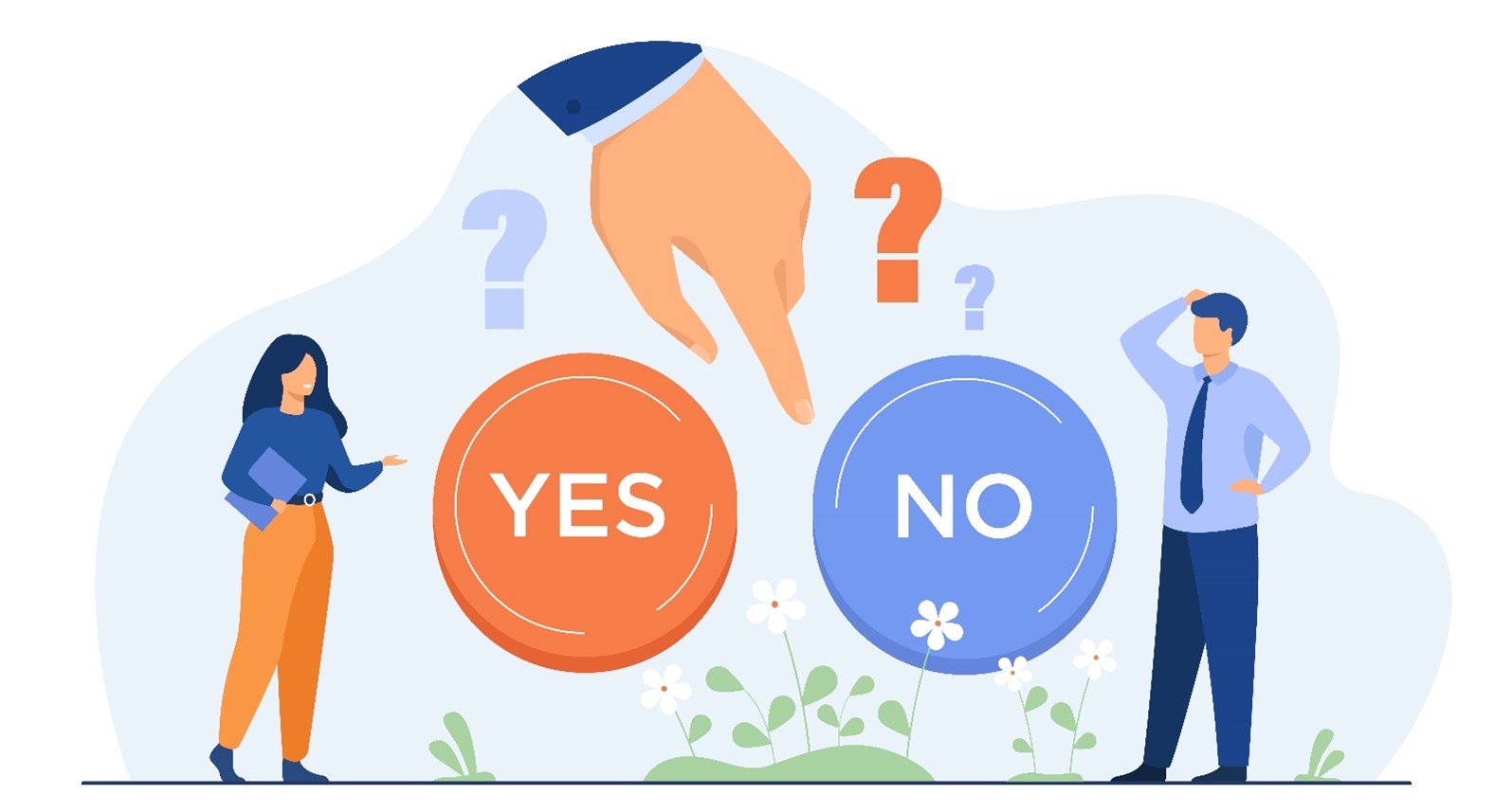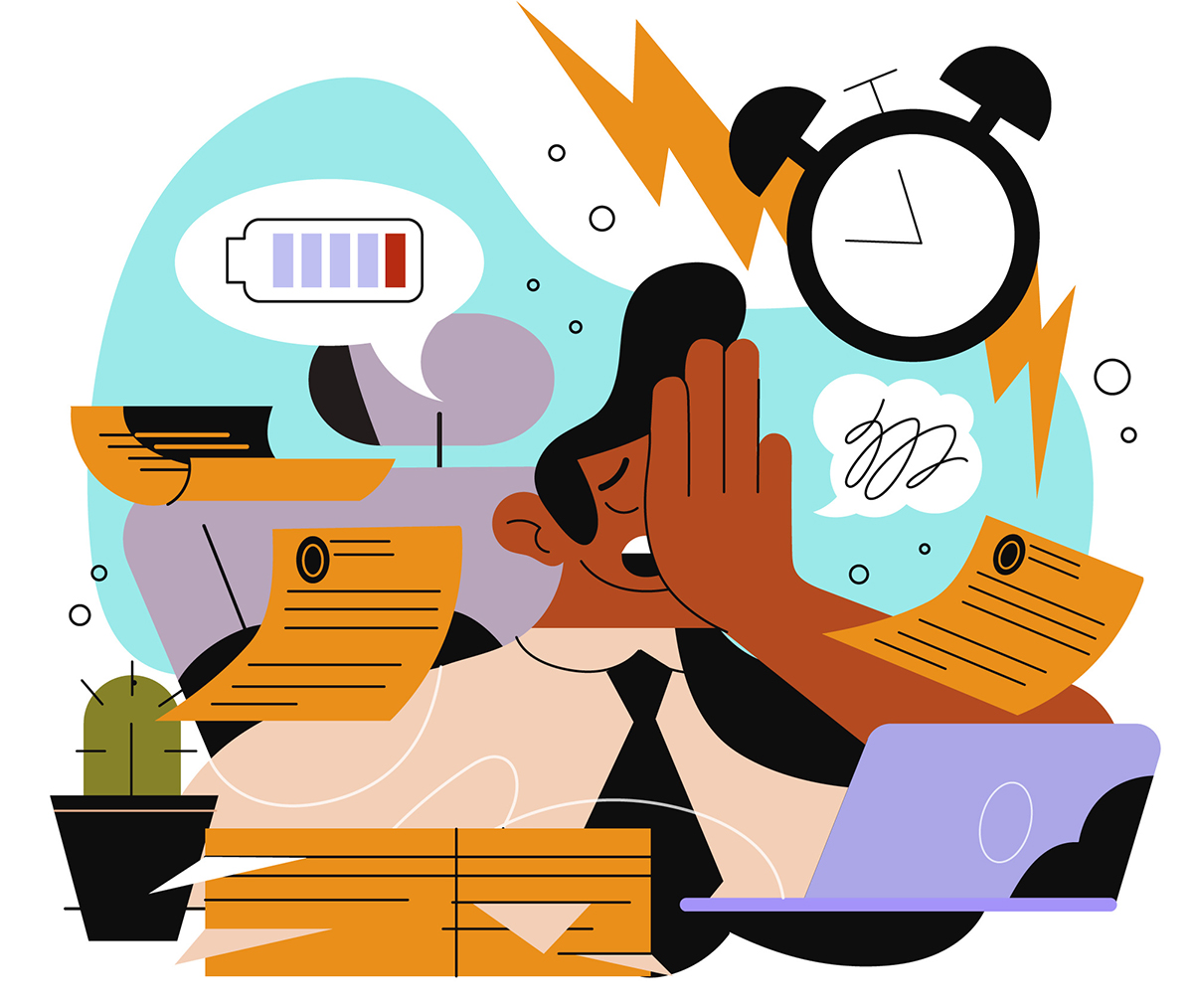External vs Internal Turnover, What’s the Difference?
By Maria Forbes
November 20, 2020
Some employee turnover is common. The U.S. Bureau of Labor Statistics (BLS), continues to track the average employee turnover rate across all industries and helps to understand the trends. Based on recent numbers, you can expect about one in four of your employees to quit or change his/her current position in any given year.
When turnover occurs your company will incur costs associated with recruiting and onboarding a replacement. The BLS found that the cost of replacing an employee is typically 50% to 200% of the employee’s salary. While all turnovers are characterized by an employee’s departure from his or her job, there are different types of turnover including external and internal. What’s the difference, and how does turnover impact the sustainability of your small business?
External Turnover
An external turnover involves an employee’s complete departure from the company for which he or she works. External turnovers can be voluntary or involuntary. In a voluntary external turnover an employee willingly quits his or her job. An involuntary external turnover is when an employee is fired or let go. All external turnovers occur when an employee leaves the company for which he or she works.
Internal Turnover
An internal turnover involves an employee leaving his or her current position for a different role at the same company. The employee doesn’t leave the company, rather they are changing positions. It’s still considered turnover because the employee’s position change requires recruiting and training a replacement to fill the open position.
The Impact of External Turnovers
While both types of turnover can impact your operation, the impact of external turnover is more significant. To cultivate hard-working and productive employees is not inexpensive. Finding and training a replacement, followed by nurturing the full engagement of an employee is essential to becoming a highly productive member of your workforce.
Allowing external turnovers to go unchecked can have a negative impact on the morale of your company’s existing employees. Employees take notice when their coworkers leave. Managing employee change will ensure morale and productivity are stabilized.
A high percentage of external turnovers is an indicator of a more serious problem. Employees often leave the company when they are unhappy with the culture. There are visible signs and some that are harder to detect without regular employee dialogue. An employee may feel they are not recognized for their work or their relationship with a manager is strained. An employee may feel they are not provided with the right tools to succeed or they may have difficulty collaborating effectively. If an employee does not have a satisfying and positive experience, he or she may leave your company, resulting in an external turnover.

The Impact of Internal Turnovers
Internal turnovers can also impact your company’s operation, therefore preparation for internal changes is necessary. If your company has a high rate of internal turnover the productivity of some processes or departments may suffer. Internal turnover can be isolated to specific departments. Employees in those departments may seek opportunities in a different area or seek a change of responsibility. As a result, departments where internal turnover occurs may lag in performance.
Similar to external turnovers, a high internal turnover rate can be a sign of a more serious challenge. If few or no employees want to work in a specific department or project, there is probably a reason worth exploring. A high internal rate could mean the department has a negative culture, or it could indicate a management challenge. The core issues are indicators of areas where change is needed.
The costs associated with replacing employees during internal turnovers require managers to assign time and resources to recruiting and train new employees.
Getting Your Turnover Rate Under Control
Minimizing turnover begins with hiring the right people. Matching a position with the right employee requires complete data. The process is essential to a successful long term association. By taking the time to find and hire the right employees and to cultivate personal success, you will experience fewer turnovers, both internally and externally.
Fostering a positive company culture can help you control your turnover rate. A positive company culture means that employees are recognized, appreciated, and rewarded for their hard work. Small business is not exempt from cultural development. Small companies that have a negative business culture experience turnover from discouraged and disconnected employees. By fostering a positive culture, employees will feel a personal commitment to your company, participate in a shared vision for growth and a stronger desire to stay.
In Conclusion
Turnovers can be classified as external or internal. External turnovers are those in which an employee separates from your company, whereas internal turnovers occur when an employee transfers from one position to another your company. Both must be managed as your business grows and needs change.




